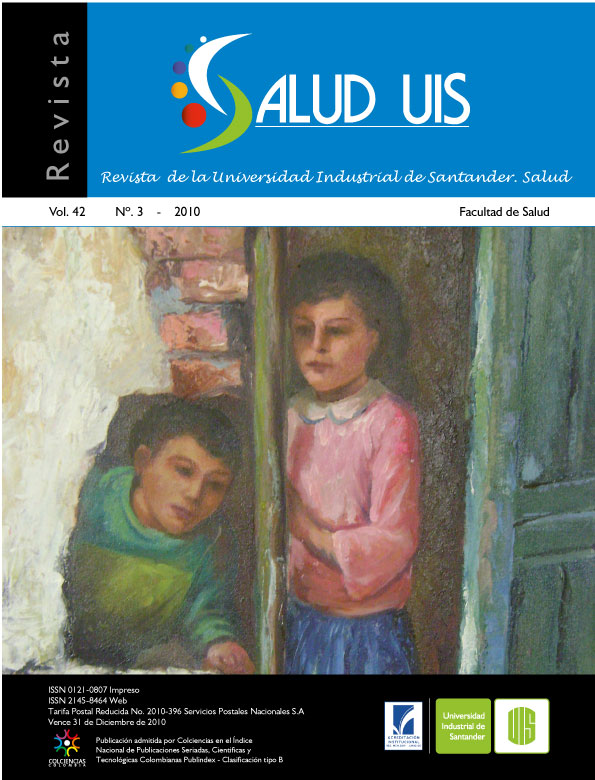Resumo
RESUMEN
Introducción: Los sistemas in vitro son útiles en la evaluación de compuestos con actividad biológica, permitiendo por ejemplo, determinar el potencial citotóxico y leishmanicida de un compuesto.
Objetivo: Identificar el tipo de célula mamífera que permita una óptima infección in vitro por Leishmania y que constituya el sistema adecuado para el tamizaje in vitro de compuestos con actividad anti-Leishmania.
Métodos: La susceptibilidad de las células a infección por L. panamensis se evalúo según la Concentración Infectiva 50 determinada por microscopía de luz y citometría de flujo; la supervivencia intracelular de los amastigotes se evaluó por microscopía de fluorescencia y la sensibilidad de las células a anfotericina B y antimoniato de meglumina se evalúo por espectrofotometría.
Resultados: Los cultivos primarios son más susceptibles a la infección por L. panamensis in vitro. Sin embargo, la supervivencia intracelular del parásito fue mejor en U-937. Por su parte, la sensibilidad de las células a anfotericina B y antimoniato de meglumina vario según el tipo de célula.
Conclusiones: Las células U-937 son las adecuadas para la infección por Leishmania porque: a) presentan crecimiento ilimitado y se les puede inducir transformación a macrófagos. b) la susceptibilidad a la infección por Leishmania es similar a la observada en cultivos primarios de macrófagos y c) permiten mayor supervivencia de los amastigotes luego de la infección. Adicionalmente, las células U-937 son menos sensibles a la acción de los fármacos comúnmente utilizados como control en la detección de compuestos con actividad leishmanicida. Salud UIS 2010; 42:
Palabras clave: Susceptibilidad a infección por Leishmania, células U-937, células THP-1, células Vero, células J774A,1, macrófagos
ABSTRACT
Introduction: In vitro systems are useful in the evaluation of compounds with biological activity determining the cytotoxic and leishmanicidal activity of the candidates.
Objective: To identify the mammalian cell that allows the optimal in vitro infection by Leishmania and therefore, identify the suitable system for the in vitro evaluation of leishmanicidal activity of drugs.
Methodology: The susceptibility to the infection by L. panamensis was evaluated according to the Infective Concentration 50 tested by light microscopy and flow citometry; the intracellular survival of amastigotes was determined by fluorescence microscopy and the sensitivity to amphotericine B and meglumine antimoniate was evaluated by spectrophotometry.
Results: The primary culture cells were more susceptible to the in vitro infection by L. panamensis because they did require fewer parasites per cell ratio to achieve the 50% infection rate whereas the intracellular survival of parasites was better in the U-937 cells. All cells showed differential sensitivity to amphotericine B and meglumine antimoniate.
Conclusion: The U-937 cells are the most suitable model for the in vitro infection by L. panamensis because: a) they are a cell line with unlimited growth where transformation into macrophages can be induced. b) The susceptibility to infection by L. panamensis is similar to that observed in primary cultures macrophages and, c) They allow the intracellular survival of amastigotes after the infection process. In addition the U-937 cells are less sensitive to the action of the commonly drugs used as a control in the screening of compounds with leishmanicidal activity. Salud UIS 2010; 42:
Keywords: Susceptibility to infection by Leishmania, U-937 cells, THP-1 cells, Vero cells, J774A.1 cells, macrophages
Se autoriza la reproducción total o parcial de la obra para fines educativos, siempre y cuando se cite la fuente.
Esta obra está bajo una Licencia Creative Commons Atribución 4.0 Pública Internacional.
